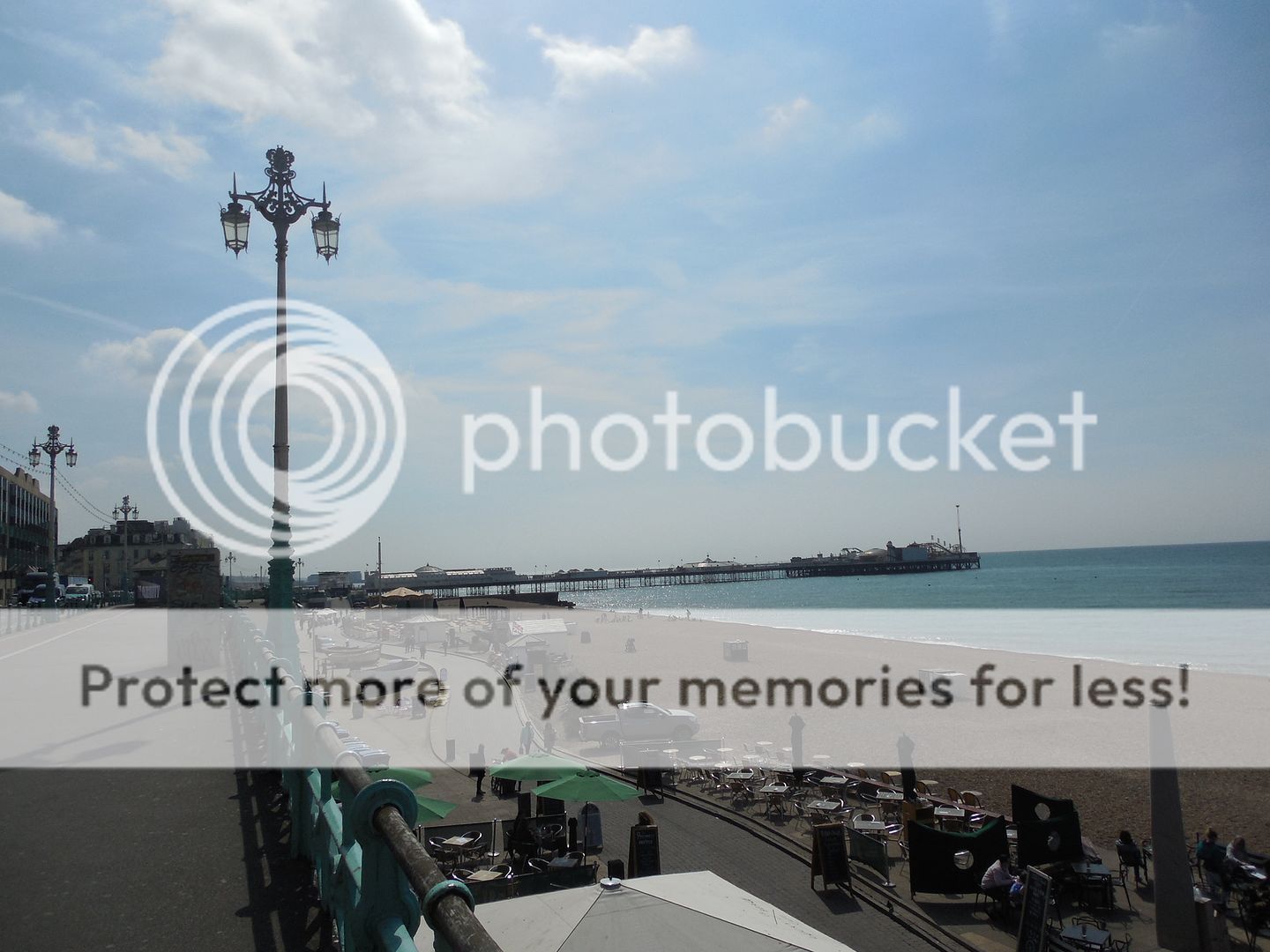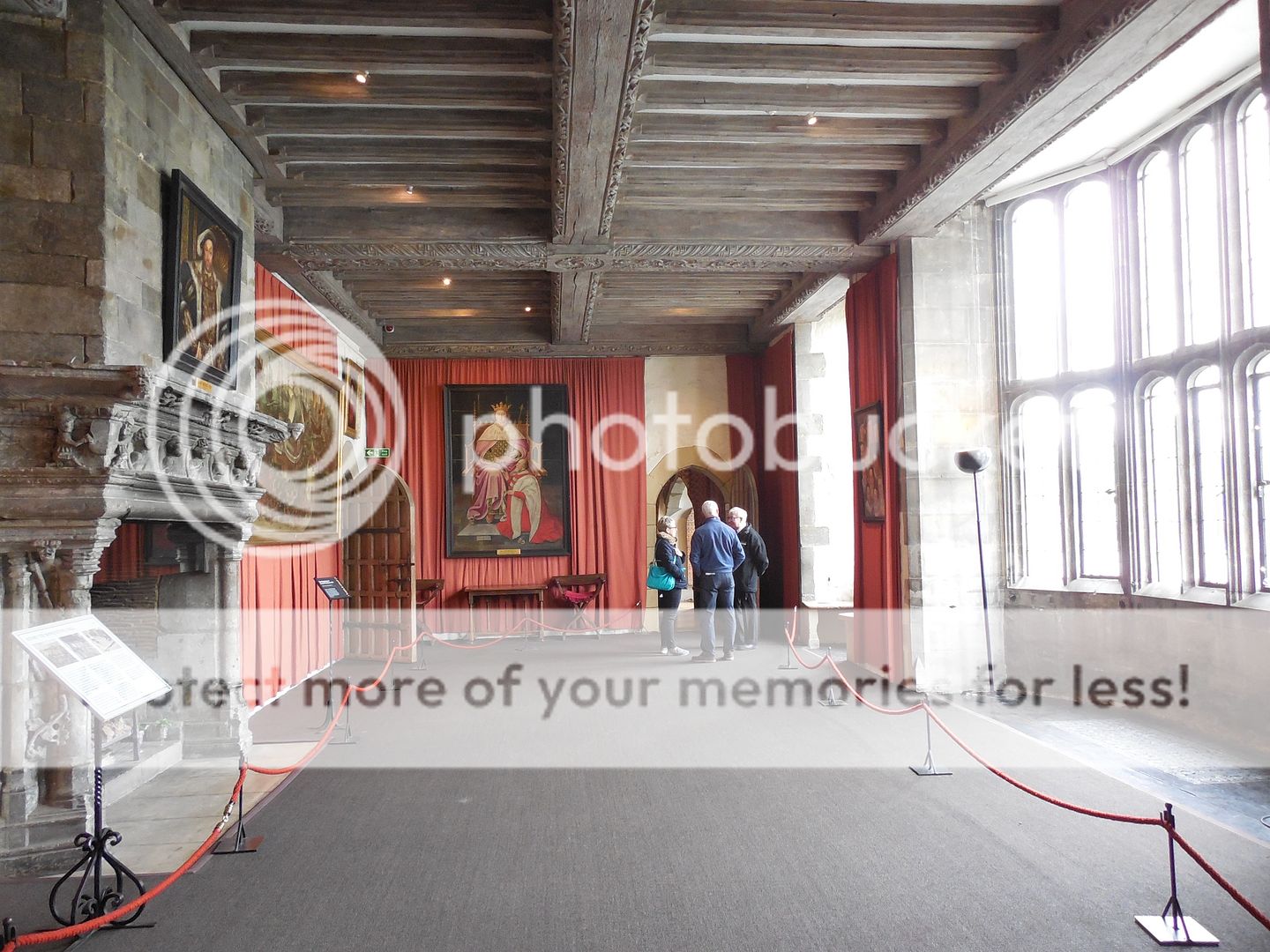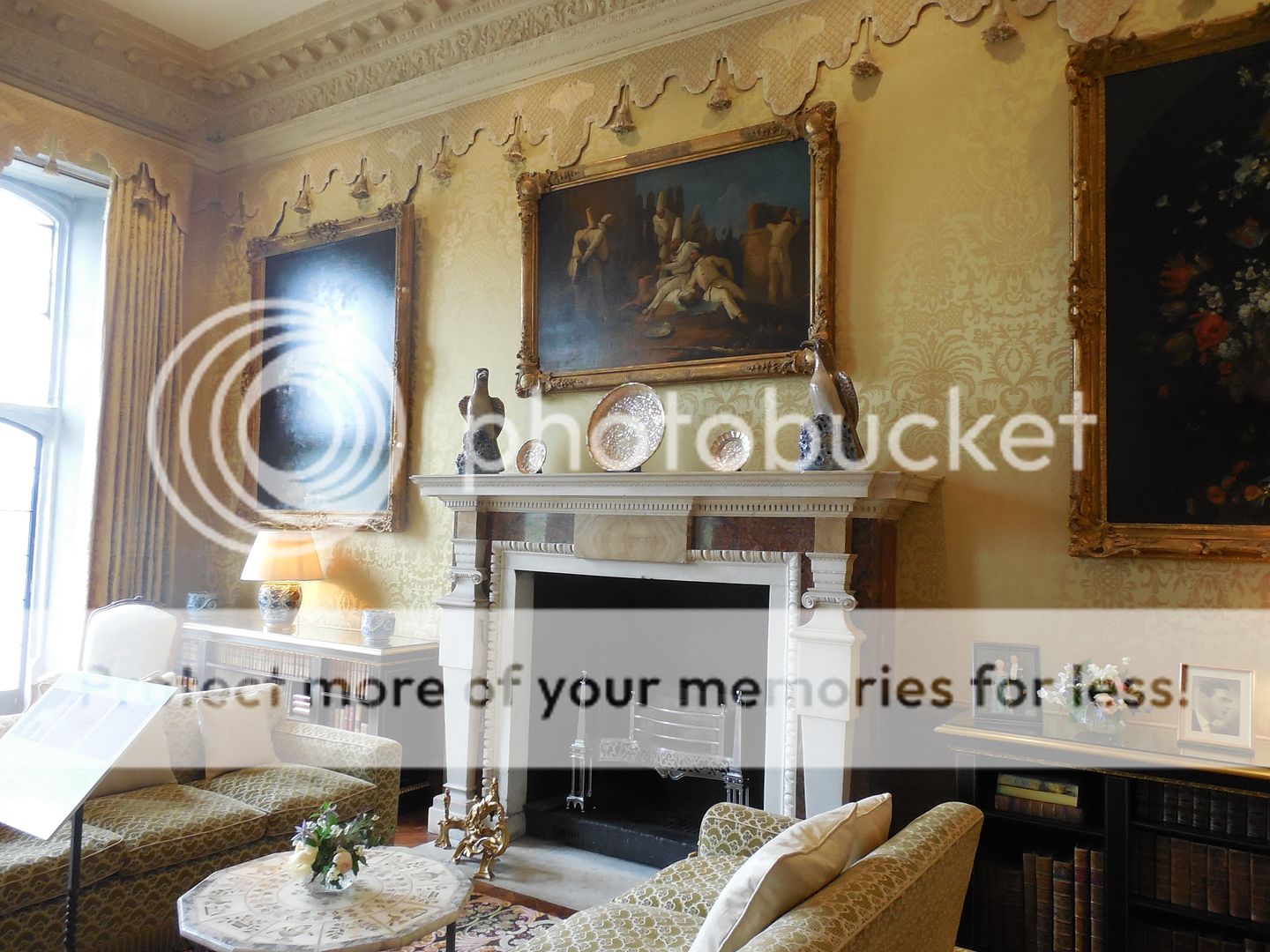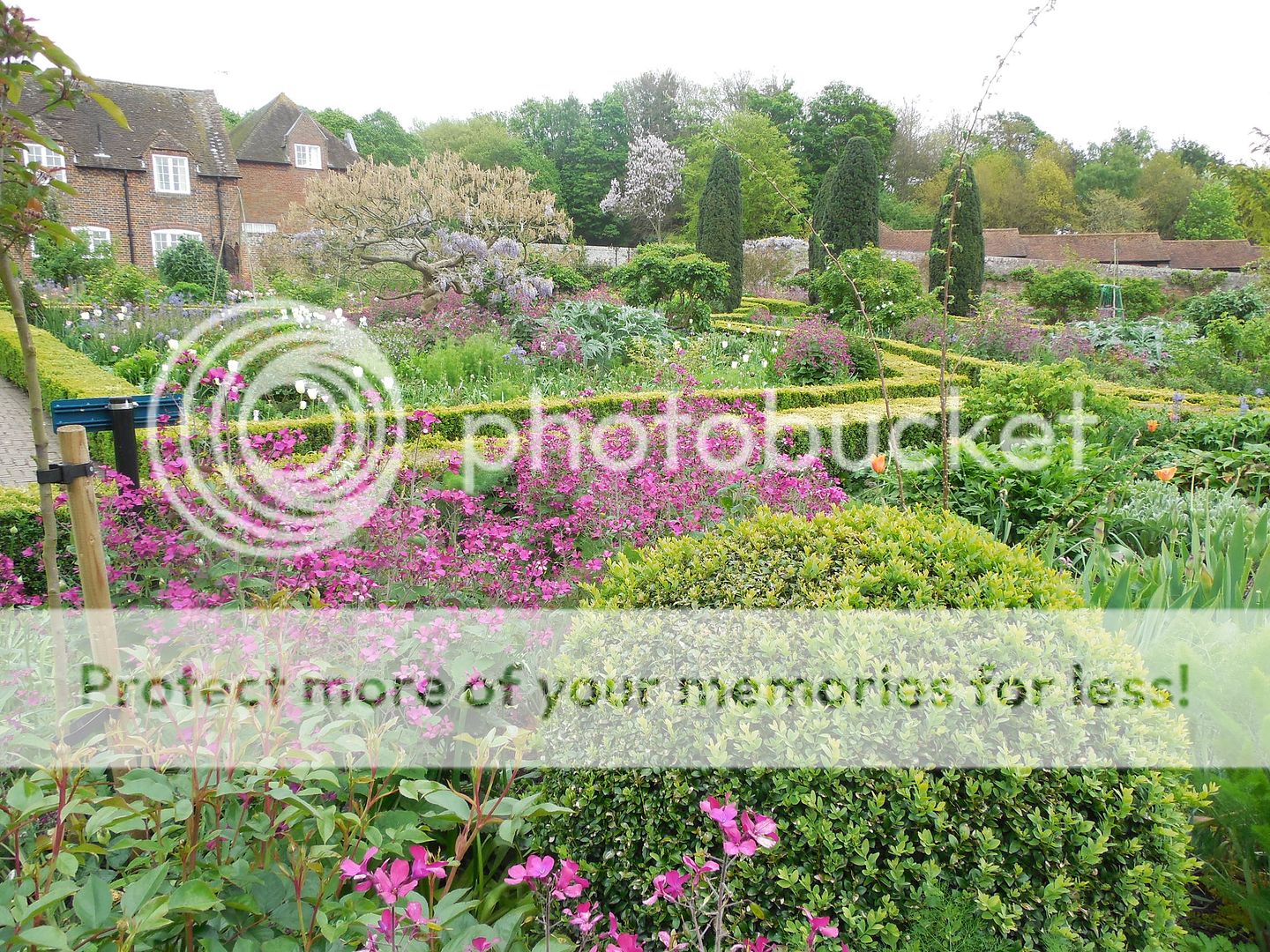"So as we took the curve of the road the little village vanished, and there in the dip of the Downs, past the spires of Patcham and of Preston, lay the broad blue sea and the grey houses of Brighton, with the strange Eastern domes and minarets of the Prince's Pavilion shooting out from the centre of it." - Arthur Conan Doyle
Brighton has been one of those places I've read about in fiction for years, so it's a bit odd that it took us so long to visit. But we went down for the day to take in the sights. The beach, of course.
It was a bit early in the season for there to be many tourists about- which didn't bother us, since we're more about the walking around without people to obstruct the view. We strolled out onto the pier, which was also mostly deserted. They had a truly astonishing variety of sugary and fried snacks on offer, had they been open, so perhaps it's just as well for us that they weren't.
Then, naturally we struck inland to find the Royal Pavilion. It was a seaside retreat for George, Prince of Wales, who later became George IV of England. He built it in stages, at fabulous expense and to the considerable consternation of Parliament, who got stuck paying the bills when he repeatedly ran out of money. As a feat of architecture, it is astonishing.
It's an English fantasy of a far eastern palace, and the inside is as fantastic as the outside.
Photography wasn't permitted in the interior, unfortunately, but there are images of the interior available online. See some of them here. There was a lavish use of silver gilt on the interior, which is unfortunately subject to tarnishing, and almost impossible to clean. One of the guides told me that some of the restoration is being done with platinum, because as expensive as it is, the maintenance cost if they restored it with silver would be prohibitive. (I did see an older series of posts on the Royal Pavilion, with a lot of detailed interior photography- so possibly the ban on photography is recent. If you'd like to see more of the Pavilion, I quite recommend these. Part One, Part 2, Part 3, Part 4, Part 5.
Still shaking our heads in stunned awe and disbelief at the Pavilion, we took a turn around the town in the sun. We saw something fishy:
And the rows of Necco-wafer-pastel houses that seem to be obligatory in British seaside resorts.
And then we took the train back to London and did some more strolling in Kensington Park before heading off to dinner. If you missed it in the first post - may is a lovely time to visit. Spring flowers were everywhere.
And here's a slideshow, with additional photos.
Sunday, December 10, 2017
Out and About: London to Kent
Continuing the belated saga of our vacation in May:
Over the next couple of days, we continued to ramble about the city of London. We walked, enjoying the scenery. If you're looking, there are sights of interest everywhere- details of buildings, pocket parks tucked into squares and spaces, and churches large and small. Here's St. Mary Abbot's.
We walked to the Design Musuem, which had a fascinating exhibit of futuristic architectural drawings from the Soviet Union. They combined modernist design with the ideals of socialism- a fascinating insight into what the Soviet system aspired to be, rather than the way it turned out. The design muscum itself was an interesting building. While I'm not particularly a fan of modernist design, the extensive use of warm wood made this building much more appealing.
Our next museum stop was at the London Science Museum- a perennial favorite- this time we went to see their exhibition on the history of robots, in particular why the robots were built as they were and what the builders' aims were. (The linked page includes a short video about the exhibition with some of the robots shown.) The exhibit started with various kinds of automatons, and progressed up to more modern robots. The one pictured below was one of my favorites. It was a mechanical figure of a student, designed to write out a series of literary passages, but its origin was something of a mystery. But when the mechanism was cleaned and repaired for the exhibition, they set it to writing out it's 'lesson' - and at the end it included a note of the workshop where it had been built. In a sense, the creation signed the creator's name to his work.
We also went up to see the Winton Gallery, which was new since our last visit. It has a selection of objects designed to show the important role that mathematics has had in our history and society. (The linked page has a short video from the gallery.) The sculpture behind the plane is a representation of the airflows that surround the plane in flight.
We had also planned several day trips outside the city. One morning, we boarded a train for Bearsted station and caught the shuttle to Leeds Castle. They give you a fairly lengthy walk through their pleasant grounds to build up suspense. Not that we had any complaints- it was lovely.
There were many local residents about.
The current incarnation of the castle is more of a manor than a serious military fortification, but it was suitably impressive. There had been a castle on the site since the 1100s, but it was heavily remodeled in 1823, which accounts for the present appearance.
The last owner of the castle was the daughter of an American heiress who bought the castle in 1926, and redecorated much of the interior.
We quite liked the library, in particular.
After seeing the castle, we explored the gardens:
We saw fascinating falconry demo, which included a hawk who prefers to chase its prey on the ground, and a magnificent owl.
We found our way to the center of the maze (of course there was a maze!). And we exited through the grotto, which was designed to produce a pleasurable shiver in the under-three-foot set.
We saw more gardens.
And took a circuitous route back to the shuttle stop...except there was a little too much admiring of scenery (can you blame us?) and so we missed the last shuttle and got a bonus hike back to the train station for the trip back to London.
Click this link to see the slideshow.
Over the next couple of days, we continued to ramble about the city of London. We walked, enjoying the scenery. If you're looking, there are sights of interest everywhere- details of buildings, pocket parks tucked into squares and spaces, and churches large and small. Here's St. Mary Abbot's.
We walked to the Design Musuem, which had a fascinating exhibit of futuristic architectural drawings from the Soviet Union. They combined modernist design with the ideals of socialism- a fascinating insight into what the Soviet system aspired to be, rather than the way it turned out. The design muscum itself was an interesting building. While I'm not particularly a fan of modernist design, the extensive use of warm wood made this building much more appealing.
Our next museum stop was at the London Science Museum- a perennial favorite- this time we went to see their exhibition on the history of robots, in particular why the robots were built as they were and what the builders' aims were. (The linked page includes a short video about the exhibition with some of the robots shown.) The exhibit started with various kinds of automatons, and progressed up to more modern robots. The one pictured below was one of my favorites. It was a mechanical figure of a student, designed to write out a series of literary passages, but its origin was something of a mystery. But when the mechanism was cleaned and repaired for the exhibition, they set it to writing out it's 'lesson' - and at the end it included a note of the workshop where it had been built. In a sense, the creation signed the creator's name to his work.
We also went up to see the Winton Gallery, which was new since our last visit. It has a selection of objects designed to show the important role that mathematics has had in our history and society. (The linked page has a short video from the gallery.) The sculpture behind the plane is a representation of the airflows that surround the plane in flight.
We had also planned several day trips outside the city. One morning, we boarded a train for Bearsted station and caught the shuttle to Leeds Castle. They give you a fairly lengthy walk through their pleasant grounds to build up suspense. Not that we had any complaints- it was lovely.
There were many local residents about.
The current incarnation of the castle is more of a manor than a serious military fortification, but it was suitably impressive. There had been a castle on the site since the 1100s, but it was heavily remodeled in 1823, which accounts for the present appearance.
We walked around the outside, taking it in.
We toured the inside.The last owner of the castle was the daughter of an American heiress who bought the castle in 1926, and redecorated much of the interior.
We quite liked the library, in particular.
After seeing the castle, we explored the gardens:
We saw fascinating falconry demo, which included a hawk who prefers to chase its prey on the ground, and a magnificent owl.
We found our way to the center of the maze (of course there was a maze!). And we exited through the grotto, which was designed to produce a pleasurable shiver in the under-three-foot set.
We saw more gardens.
And took a circuitous route back to the shuttle stop...except there was a little too much admiring of scenery (can you blame us?) and so we missed the last shuttle and got a bonus hike back to the train station for the trip back to London.
Click this link to see the slideshow.
Subscribe to:
Comments (Atom)
























